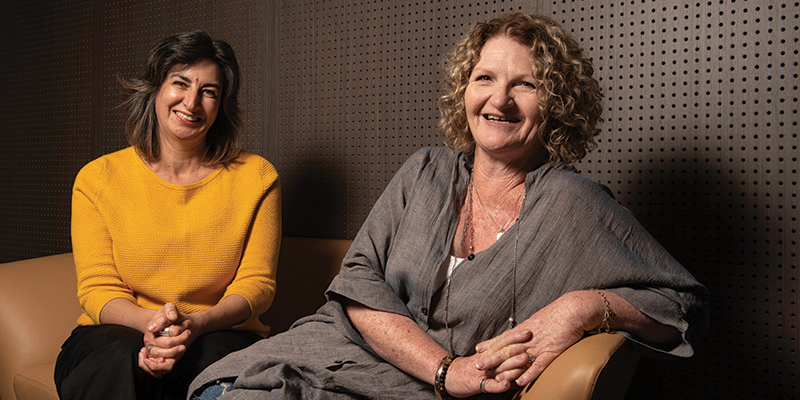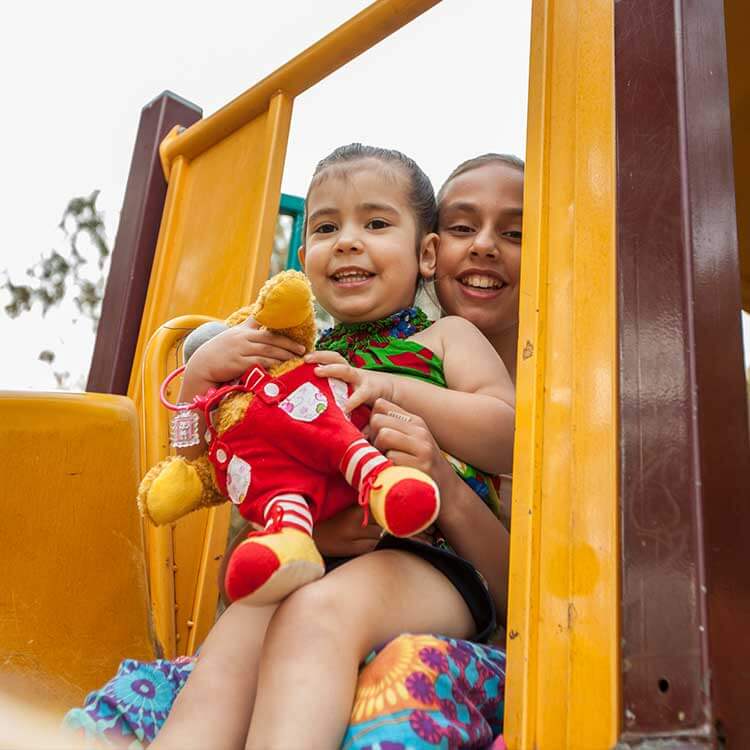Search
Research
Too far from care? A descriptive analysis of young Australian mental health aeromedical retrievalsYoung Australians living in rural and remote locations have poorer mental health outcomes and higher rates of self-harm and suicide than their major city counterparts. Significant service gaps and barriers exist in accessing general and youth-specific mental health services. With a lack of access, comes delays in treatment and associated poorer outcomes. This paper describes the characteristics of young people requiring an aeromedical retrieval (AR) for acute inpatient psychiatric care.
Research
An Exploration of LGBTQA+ Young People’s Coping Strategies When Navigating Suicidal Thoughts and BehaviorsLGBTQA+ young people experience suicidal thoughts and behaviors at a much greater rate than their heterosexual and cisgender peers. This study explored firsthand accounts of the coping strategies employed by LGBTQA+ young people when experiencing suicidal thoughts and behaviors.
Research
A critical discussion of pediatric gender measures to clarify the utility and purpose of “measuring” genderPediatric gender clinics and researchers commonly use scales to measure different dimensions of gender (e.g. identity, dysphoria, satisfaction). There has been little investigation into the relevance and consumer acceptability of these scales within contemporary understandings and experiences of gender.

News & Events
Healthway supports innovative mental health, physical activity research at The KidsThe Kids Research Institute Australia and The University of Western Australia researchers have been awarded more than $1 million in funding from Healthway, for projects to improve the mental health of LGBTQA+ young people, encourage early physical activity in childcare centres and create healthier local environme

News & Events
Embracing the mental health of our children and young peopleEmbrace – a new research collaboration based at The Kids – will bring a new focus to understanding and improving the mental health of children and young people.

News & Events
NHMRC grants to benefit vulnerable and disadvantaged children and young peopleTwo leading The Kids Research Institute Australia researchers will use more than $1.1 million in National Health and Medical Research Council funding to improve outcomes for some of the world’s most vulnerable children and young people.

News & Events
Australian researchers join international project to curb unhealthy lifetime trajectoriesAustralian researchers join global effort to better understand how events during pregnancy and childhood influence the development of disease later in life.
Research
The Facilitation of Acceptance in Trans and Gender Diverse Young PeopleHelen Yael Morgan Perry BA (Hons), Doctor of Psychology BPsych (Hons) MPsych (Clin) PhD Senior Project Coordinator Head, Youth Mental Health 08 6319
Research
GPS Parenting Program. Navigating parenting trans and gender diverse young people with a group-based program: A single-blind randomised controlled trial of efficacy and acceptability.Many families of trans young people tell us they feel unsure, stressed, or alone as they try to support their child.
Research
Response to Comment on Lin et al. Risk Factors for Decline in IQ in Youth With Type 1 Diabetes Over the 12 Years From Diagnosis/Illness OnsetThis editorial response addresses each of the concerns raised by Lin et al. RE: Risk Factors for Decline in IQ in Youth With Type 1 Diabetes Over the 12...
